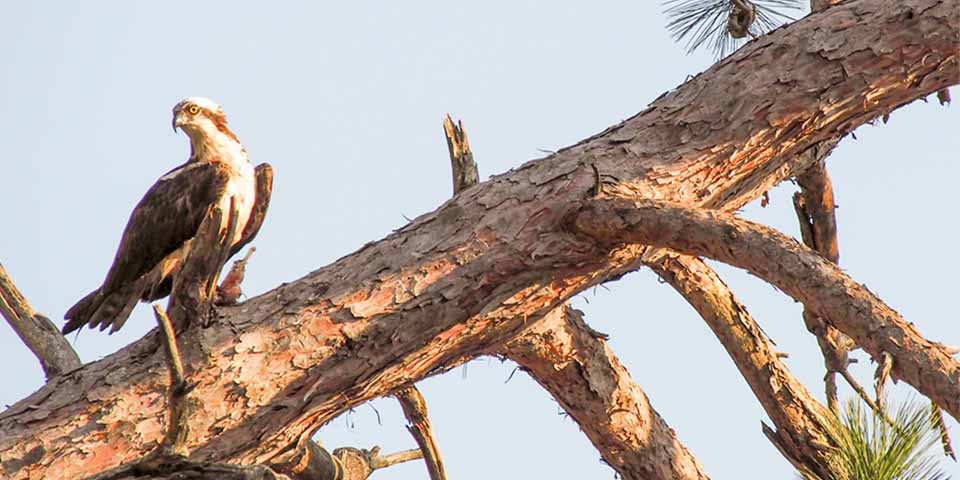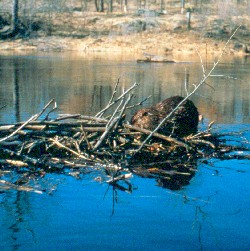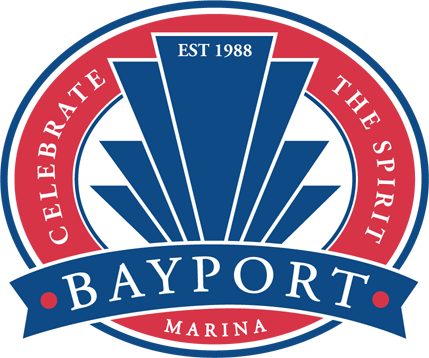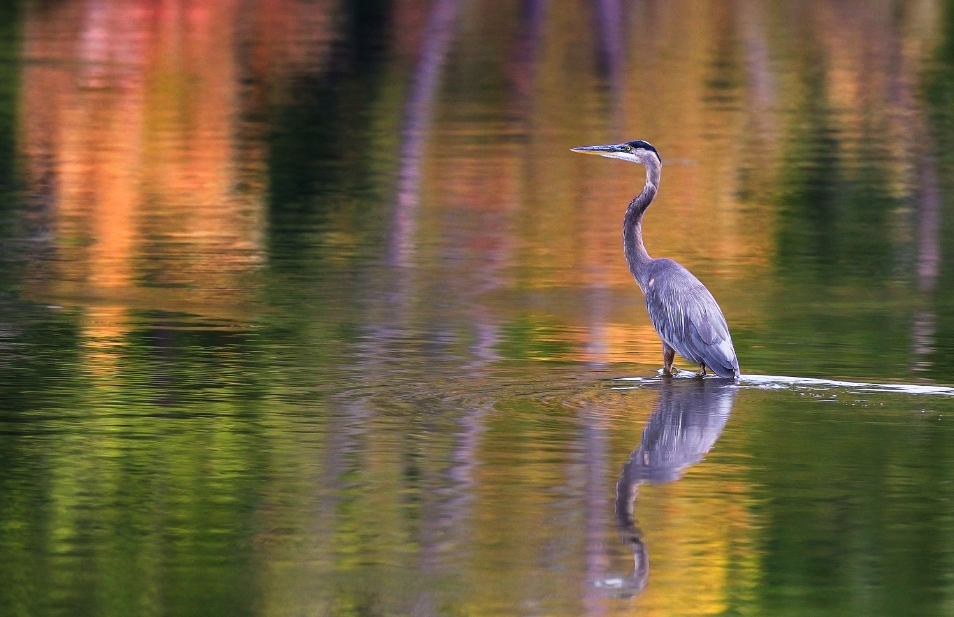Fast Facts about the River
Thanks to the St. Croix River the surrounding area boasts a tremendous amount of wildlife! Four types of turtles are common in and around the St. Croix: the painted turtle, snapping turtle, softshell turtle, and map turtle! Deer are also common and can be spotted playing around or swimming in the water. The St. Croix also has multiple great blue heron rookeries dispersed up and down the river. During the late spring and early summer, the babies make quite a ruckus! Beavers, raccoons, and muskrats call the shoreline their home as well. And if you get lucky you might even see a black bear! For more information on the wildlife around the St Croix check out the national park website here and here!
To see more of the creatures that live in and around Bayport Marina, take a tour through the gallery here on our website!
Ways to Protect the River
Always, always be respectful of wildlife. Stop for turtles during egg-laying season, never antagonize wildlife, and give animals an appropriate amount of space.
The St. Croix River Association is dedicated to preventing the spread of aquatic invasive species as we protect, restore and celebrate the St. Croix River and its watershed.
Learn more about our programs and ways you can get involved by visiting our website at stcroixriverassociation.org.
Animals
Via the National Park Service
 NPS/VanTatenhove An abundance of wildlife exists within the Riverway. Knowing specifically what species reside or travel through the Riverway can be a challenge. Resource management staff, researchers, and scientists are actively trying to learn what species are found here. At this site, you will find the current list of animal species. This site will be updated, as new information becomes available. Species lists are available for amphibians, birds, fish, insects, mammals, mollusks and reptiles. Also, check out some of the videos of the freshwater mussels– one of the park’s most unique and endangered residents and an indication of the river’s cleanliness. Additional information is also available about bird species of the riverway, their habitats, and good locations to find them (or go “birding”). If during your visit you should see wildlife that you thought was unusual or unique tell a ranger or send us an e-mail. Who knows you might add a new species to one of our lists. You may print a check list of some of the common animals in the park if you wish. |
Wildlife Viewing
Via the National Park Service
 NPS Wildlife abounds within St. Croix National Scenic Riverway due to diverse and high quality habitats, which create a wealth of wildlife viewing opportunities along the St. Croix and Namekagon Rivers. In general, animals are most active in the morning and are best viewed at that time. Muskrats and Beaver are likely to be seen around dusk or dawn. Frogs, Whip-poor-wills and owls can be heard at night along with an occasional coyote or rarely, a wolf howling in the northern third of the Riverway. An early morning paddle is likely to find white-tailed deer coming down to the river for a drink of water. Mornings find many birds singing and moving about, especially in spring and early summer. It is not unusual to see thirty species of birds during a two-hour paddle or hike along the river. The most commonly encountered birds during the breeding season are Red-Breasted Merganser, Wood Duck, Great Blue Heron, Bald Eagle, Mourning Dove, Belted Kingfisher, a variety of woodpeckers, Eastern Kingbird, Great Crested Flycatcher and other flycatchers, White-breasted Nuthatch, Black-capped Chickadee, House Wren, Blue Jays, American Crow, Gray Catbird, Veery, American Robin, Tree Swallow, Cedar Waxwing, Red-Eyed Vireo, Yellow Warbler, Ovenbird, Common Yellowthroat, American Redstart, Rose-breasted Grosbeak, Scarlet Tanager, Brown-headed Cowbird, Red-winged Blackbird, Baltimore Oriole, American Goldfinch, Chipping Sparrow, and Song Sparrow. Of course, many of these are more often heard than seen so keep quiet and move slowly to increase your chances of seeing them. Midday and afternoons are best for viewing hawks, eagles and vultures as they soar on columns of rising warm air. Often seen are Bald Eagles, Red-shouldered Hawks, Red-tailed Hawks and Turkey Vultures. Keep an eye out for Ospreys, Broad-winged Hawks and Sharp-shinned Hawks nesting along the rivers. To see a bird checklist (pdf 182KB) that you can print out. We also have a Birder’s Guide you might find helpful Many turtles can be seen during warm sunny periods as they bask in the sun on rocks and low hanging branches. Look especially at the larger trees that have fallen into the river for Painted Turtles, Map Turtles and the very shy Spiny Softshell Turtle. If you are lucky you will also find Blanding’s or Wood turtles, are usually found on the lower half of the Namekagon River. The high quality of the water and the surrounding wetlands are good for producing lots of frogs and toads. Of the twelve species present, those that are most likely to be seen are American Toad, Leopard Frog, Green Frog, and Wood Frog. Like many birds, these animals are more often heard than seen. Best heard at night in spring and early summer, their choruses could be loud enough to keep you awake until the wee hours of the morning. Watching wildlife in winter can be more of a challenge. Many animals hibernate or migrate south. Currents, springs and dams keep some parts of the river ice-free and can be good places to watch Bald Eagles, Trumpeter Swans or River Otters. Tracks in the snow are often the best way to know what has visited the river. The most commonly seen tracks besides those of the River Otter are Red and Gray squirrels, Eastern Cottontail, Red Fox, White-tailed Deer and weasels. |


